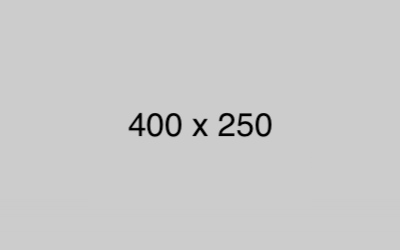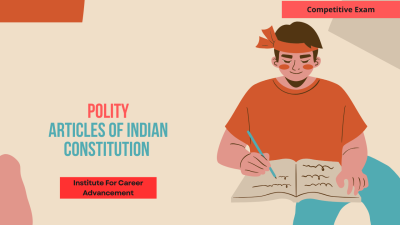Party System and Pressure Groups
The Party System and Pressure Groups are essential components of a political system that influence governance, policy-making, and the representation of public interests. Party System refers to the organization and structure of political parties within a political system. It includes how parties form, compete in elections, and operate within the government. Political parties represent different ideologies and interests, and they aim to control governmental power through elections. Common types of party systems include one-party, two-party, and multi-party systems. Pressure Groups (also known as interest groups or advocacy groups) are organizations that seek to influence government policies and decisions without directly seeking electoral power. They represent the interests of specific groups, such as businesses, labor unions, environmentalists, or human rights advocates. Pressure groups engage in lobbying, protests, and campaigns to sway public opinion and government action on particular issues. Together, these elements play a critical role in shaping political outcomes, reflecting societal interests, and ensuring diverse participation in governance. দলীয় ব্যবস্থা এবং চাপ গোষ্ঠীগুলি একটি রাজনৈতিক ব্যবস্থার অপরিহার্য উপাদান যা শাসন, নীতি প্রণয়ন এবং জনস্বার্থের প্রতিনিধিত্বকে প্রভাবিত করে। দলীয় ব্যবস্থা বলতে একটি রাজনৈতিক ব্যবস্থার মধ্যে রাজনৈতিক দলগুলির সংগঠন ও কাঠামোকে বোঝায়। এর মধ্যে রয়েছে কীভাবে দলগুলি গঠন করে, নির্বাচনে প্রতিদ্বন্দ্বিতা করে এবং সরকারের মধ্যে কাজ করে। রাজনৈতিক দলগুলি বিভিন্ন মতাদর্শ ও স্বার্থের প্রতিনিধিত্ব করে এবং তাদের লক্ষ্য নির্বাচনের মাধ্যমে সরকারী ক্ষমতা নিয়ন্ত্রণ করা। সাধারণ ধরনের দলীয় ব্যবস্থার মধ্যে রয়েছে একদলীয়, দ্বিদলীয় এবং বহুদলীয় ব্যবস্থা। চাপ গোষ্ঠীগুলি (আগ্রহী গোষ্ঠী বা অ্যাডভোকেসি গ্রুপ নামেও পরিচিত) এমন সংগঠন যা সরাসরি নির্বাচনী ক্ষমতা না চেয়ে সরকারী নীতি এবং সিদ্ধান্তগুলিকে প্রভাবিত করতে চায়। তারা ব্যবসা, শ্রমিক ইউনিয়ন, পরিবেশবিদ বা মানবাধিকার সমর্থকদের মতো নির্দিষ্ট গোষ্ঠীর স্বার্থের প্রতিনিধিত্ব করে। চাপ গোষ্ঠীগুলি জনমত এবং নির্দিষ্ট বিষয়ে সরকারের পদক্ষেপকে প্রভাবিত করার জন্য তদবির, প্রতিবাদ এবং প্রচারে জড়িত। এই উপাদানগুলি একসঙ্গে রাজনৈতিক ফলাফল গঠনে, সামাজিক স্বার্থ প্রতিফলিত করতে এবং প্রশাসনে বৈচিত্র্যময় অংশগ্রহণ নিশ্চিত করতে গুরুত্বপূর্ণ ভূমিকা পালন করে।
English
Last updated
Sun, 12-Jan-2025



















